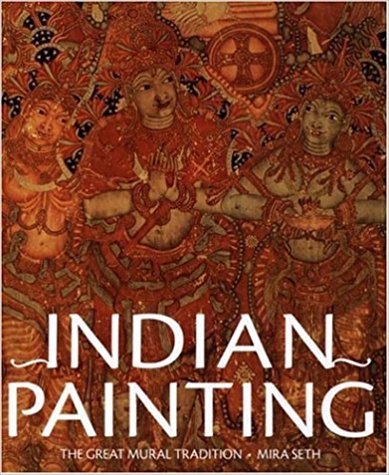The first thing that struck me about the book was that it was of large format and well-printed, covering a subject of India’s Art History on which no comprehensive book had been published so far. Historically speaking, one of the earliest rediscoveries of Indian art, the Ajanta caves and the mural paintings inside these caves had aroused much interest during the last quarter of nineteenth century. Since then not only have further discoveries been made, but also have been taken up for study of the subject-matter, understanding the styles of Indian paintings in general and mural painting in particular, the ingredients used in the technique and their application, whether it was pure fresco (wet on wet ground) or mixed, i.e. ‘a secco’, wet on dry ground. For all these explorations, textual sources have been scrutinized. Such studies have also led to locating the survival of these techniques as well as the hereditary craftsmen and painters. The technical recipes described in texts have been corelated and verified with the actual materials used in existing murals by earlier scholars. Separately, the Ajanta murals have been extensively copied, photographed and published. The murals of Kerala and those of Ladakh, have also been repeatedly published.
October 2006, volume 30, No 10

